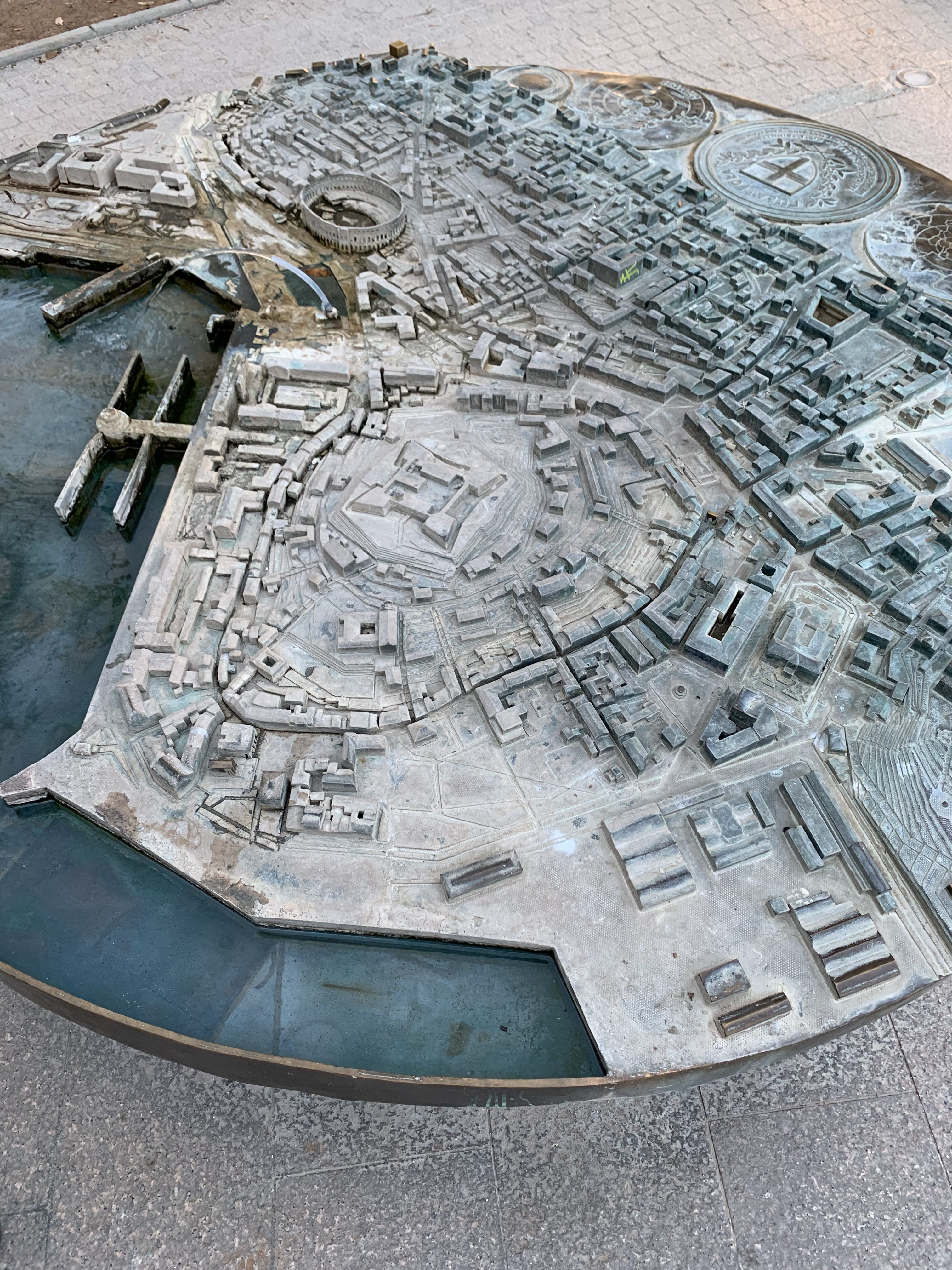Duane has returned to his domestic duties stateside. He offers one last report from his travels:
Probably the greatest benefit of attending an international meeting is perspective. In the U.S., the meetings on cervid management generally cover the challenges of estimating abundance, reducing overabundance, meeting (or tempering) stakeholder objectives, etc. Granted chronic wasting disease is different and a problem, but for the most part cervid management in North America is about refining a management system that has been in place for 100 years.
Not so in the rest of the world.
Here are the stats for cervids as a group:
· 2 of 56 species are extinct in the wild
· 30 are considered threatened by the IUCN
· For 10 species we don’t even have enough data to even assess their status
One eye-opener for me was that in Eastern Europe, some aspects of the management of cervids are tied to conflicts related to the Austro-Hungarian and Ottoman empires.
Many of you are probably aware that the Croatian War ended only 20 years ago. The place I am staying as I write this, just outside a national park, was destroyed during the war. When we asked our proprietor how long she had been here, she shared that her family had lived there for over 300 years. They fled during the war, and where they fled was based on their affiliation – their family was affiliated with the Austro-Hungarian Empire, not the Ottoman Empire!
You don’t manage cervid populations during a war. And even when it’s over, you don’t just pick up where you left off.

There was a presentation by a biologist from Bosnia about trying to restore red deer in his country. Poaching is a huge problem. I asked about wildlife law enforcement and his explanation was that it’s complicated. In the middle of the country, there is essentially no infrastructure, not even roads, so stopping poachers is not a priority.
Also, the history of those two empires crops up again. He said that hunting traditions in northern Bosnia are related to the Austro-Hungarian Empire. In the east they are based on Ottoman Empire traditions. Because of that, some type of unified management system is difficult, if not impossible.

Consider the huemel in South America. There are estimated to be only 1,048-1,500 individuals in 101 isolated populations (there is no way for individuals to move among these subpopulations). They live in such remote locations that only recently have any even been radio-collared. One radio-collared stag died in winter and it took 7 days to retrieve the carcass. Amazingly, they were able to recover sperm from the testes and it is now frozen and safely stored, if needed in the future.
And if you think coyotes and white-tailed deer are a management problem, consider India. The tiger is an endangered species and much effort is being expended to protect populations in carefully managed preserves. But if you don’t have cervids, you’re not going to have tigers, no matter how many acres you protect. In Central India you need to consider nilgai (Bosolephus tragocameleus), sambar (Rusa unicolor), chital (Axis axis), chinkara (Gazella bennetti), and four-horned antelope (Tetracerus quadricornis). Slightly more complex, I’d think, than managing white-tailed deer and elk in the eastern U.S.
International meetings help keep things in perspective about our own worries – both personal and professional.
Duane Diefenbach, Chief Foreign Cervid Correspondent
